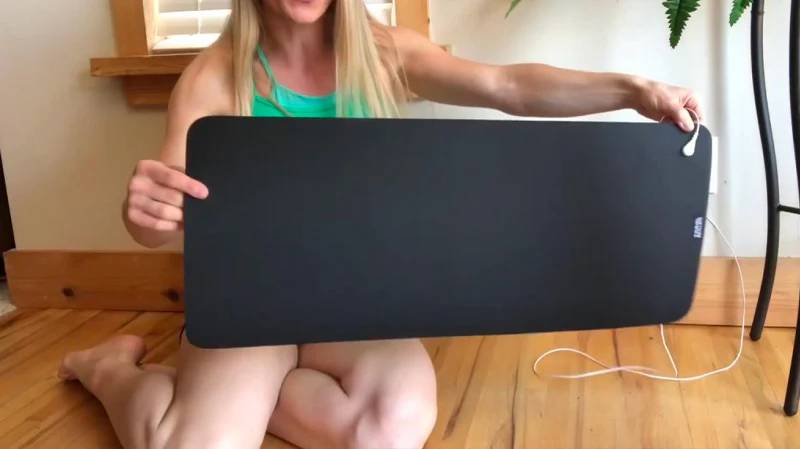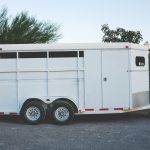A ground pad serves as a stable foundation layer that prevents structures from settling unevenly or sinking into soft soil. Professional contractors and homeowners rely on these engineered surfaces to create level, well-drained bases for various outdoor installations. Whether you’re planning a pad for shed construction or need a solid foundation for recreational equipment, understanding ground pads helps ensure project success.
Understanding Ground Pad Fundamentals
Ground pads function as intermediary layers between structures and natural soil, distributing weight evenly across a broader surface area. These installations typically consist of compacted gravel, crushed stone, or specialized materials designed to handle specific load requirements. The thickness and composition vary depending on soil conditions, expected weight loads, and drainage needs.
Proper ground pad installation requires careful attention to excavation depth, material selection, and compaction techniques. Engineers calculate load-bearing requirements based on structure specifications and local soil conditions. The installation process involves removing organic matter, establishing proper grades, and systematically compacting materials in lifts to achieve optimal density.
Essential Applications for Ground Pads
Ground pads prove indispensable for numerous outdoor projects requiring stable foundations. Storage buildings, garden sheds, and workshops benefit significantly from properly installed ground pads that prevent structural settling and moisture infiltration. These foundations also excel in supporting heavy equipment installations, temporary structures, and seasonal buildings.
The following structures commonly require ground pad installations:
- Storage sheds and workshops
- Prefabricated buildings and tiny homes
- HVAC units and generators
- Hot tubs and spas
- Gazebos and outdoor pavilions
- Vehicle parking areas
Recreational facilities also demand reliable foundation systems to ensure safety and longevity. Swing sets, playground equipment, and outdoor fitness installations require stable surfaces that resist shifting and provide adequate drainage. A well-constructed base for playground equipment eliminates safety hazards while extending equipment lifespan through proper support and drainage.
Identifying When Ground Pads Are Necessary
Several site conditions indicate the need for professional ground pad installation. Clay soils, areas with poor drainage, and locations experiencing frequent freeze-thaw cycles typically require foundation enhancement. Slopes exceeding certain gradients also necessitate specialized foundation solutions to prevent erosion and settling.
Property owners should consider ground pad installation when encountering these conditions:
- Soft, unstable, or expansive soils
- Areas with standing water or poor drainage
- Locations requiring precise leveling
- Sites supporting heavy or valuable structures
- Properties in freeze-thaw climate zones
- Sloped terrain requiring stabilization
Professional site evaluation helps determine appropriate foundation solutions for specific conditions. Soil testing reveals bearing capacity, drainage characteristics, and potential settlement issues that influence design decisions. Experienced contractors assess grade requirements, utility conflicts, and access limitations that affect installation methods.
Material Selection and Installation Considerations
Selecting appropriate materials ensures long-term foundation performance and structural integrity. Crushed stone provides excellent drainage and load distribution, while stabilized gravel offers superior compaction characteristics. Geotextile fabrics prevent soil migration and enhance foundation stability in challenging conditions.
Installation quality directly impacts foundation performance and structure longevity. Proper excavation removes organic materials and establishes accurate grades for effective drainage. Systematic compaction in prescribed lifts achieves target density specifications, while edge restraints prevent lateral spreading under load.
The following factors influence material selection and installation methods:
- Local soil conditions and bearing capacity
- Expected load requirements and structure type
- Climate considerations and freeze-thaw potential
- Drainage requirements and water management
- Access limitations and equipment constraints
- Budget considerations and material availability
Professional installation ensures compliance with local building codes and engineering standards. Experienced contractors possess specialized equipment and knowledge necessary for achieving optimal results. Quality installations provide decades of reliable service while protecting valuable structures from settlement damage and moisture infiltration.
For more helpful tips, check out the rest of our site today.







